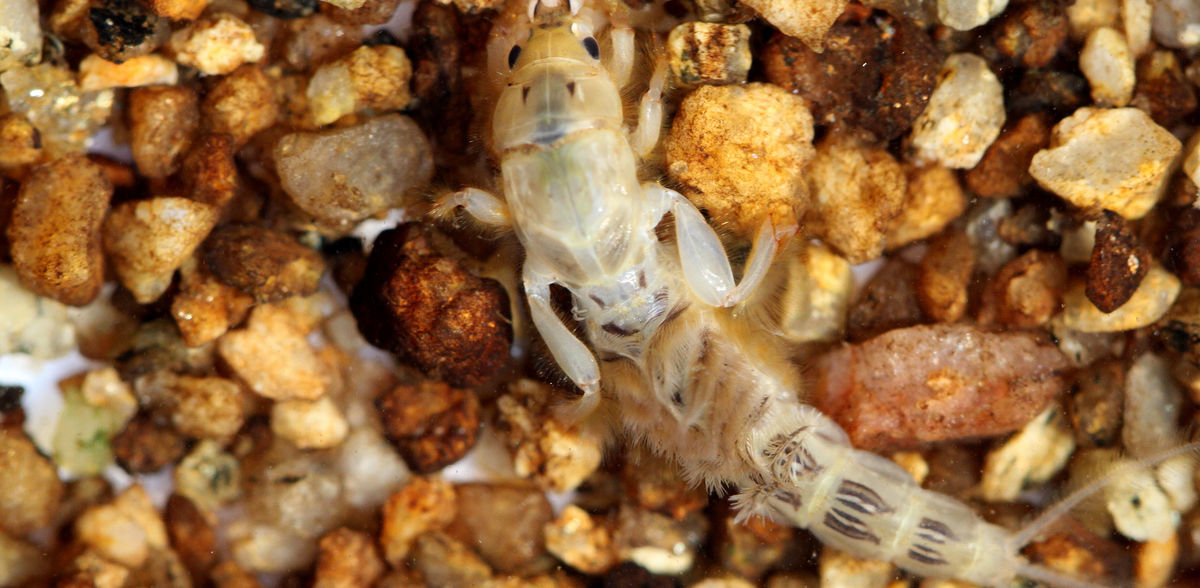Insecticides affect aquatic insects in unexpected ways
Advertisement
Pesticide pollution of streams in agricultural areas has adverse effects for stream organisms. A new study, led by researchers from the Leibniz Institute for the Analysis of Biodiversity Change (LIB), provides evidence that aquatic insect larvae respond to insecticide exposure with alterations of the genetic program.
Crop protection products (Pesticides) are among the most widely applied chemicals and threaten freshwater ecosystems at a global scale. Unknown in particular are genetic responses of aquatic animals such as insects evoked by pesticide pollution. A new study, published in Environmental Pollution, detected alterations of the genetic program in aquatic insect larvae due to insecticide exposure.
Chlorantraniliprole is a widely used insecticide applied against butterfly pest species. According to the study, the substance is not only toxic for butterfly pest species, but negatively affects caddisflies, the sister group of butterflies, as well as mayflies. These organisms showed strong genetic stress responses when they were confronted with the insecticide.
Against their expectations, the researchers identified in both organismic groups changes in the activity of genes involved in the developmental program of insect larvae. This is concerning since adult caddisflies and mayflies are integral parts in the diet of many predatory animals such as birds.
“As such, alterations of the developmental cycle in aquatic insects can have pronounced effects on the stream ecosystem itself and additionally on the linked riparian habitat”, is emphasized by Marie Brasseur, first author of the study and PhD candidate at the LIB. “Pesticide pollution can affect biological communities in a cross-ecosystem context, as these substances can harm not only pest species but also other organismic groups”
During the course of this ten day study, stream water and aquatic invertebrates were taken from the Bieber, a small stream in Hesse. In the lab, closed water circuits were used to expose the test organisms to the insecticide. The insecticide-induced genetic responses were decoded with a molecular method termed RNA-sequencing. The obtained data enabled the researchers to identify genes in the test organisms which were activated or suppressed due to insecticide exposure.
The peer reviewed study is publicy available and is the result of a cooperation between the LIB, Museum Koenig Bonn, the Aquatic Ecosystem Research Group of the University of Duisburg-Essen, and the Landscape Ecology Research Group of the RPTU Kaiserslautern-Landau.

































































